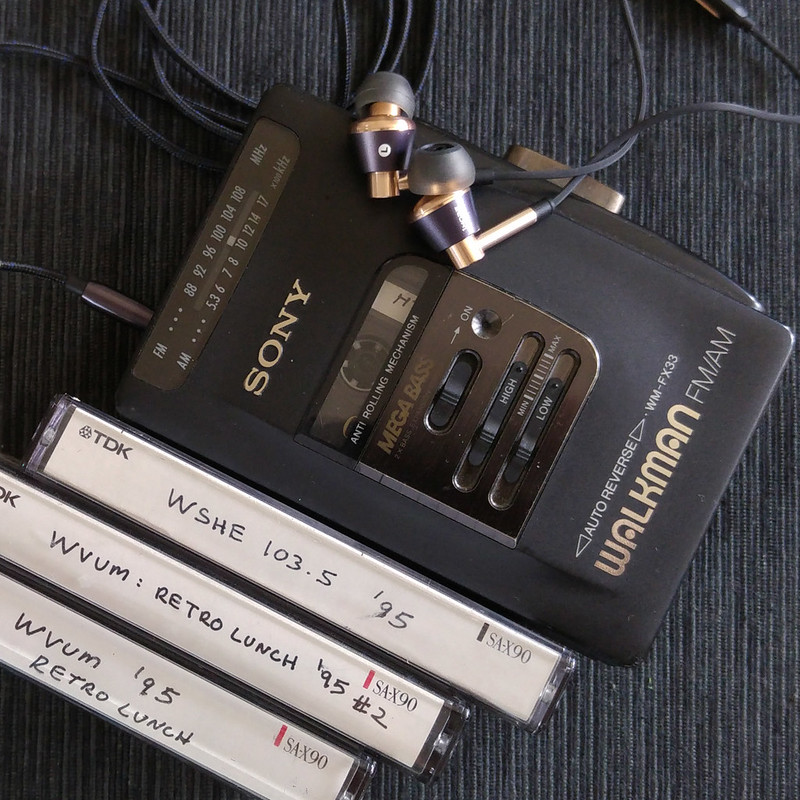StanD
Headphoneus Supremus
- Joined
- Oct 2, 2013
- Posts
- 9,002
- Likes
- 1,134
Found this on Wikipedia:
24-bit digital audio has a theoretical maximum SNR of 144 dB, compared to 96 dB for 16-bit; however, as of 2007 digital audio converter technology is limited to a SNR of about 123 dB[12][13][14] (21-bit ENOB) because of real-world limitations in integrated circuit design. Still, this approximately matches the performance of the human auditory system.[15][16] (While 32-bit converters exist, they are purely for marketing purposes and provide no practical benefit over 24-bit converters; the extra bits are either zero or encode only noise.)[17][18]
The great P.T. Barnum was overheard saying, "There's a
























